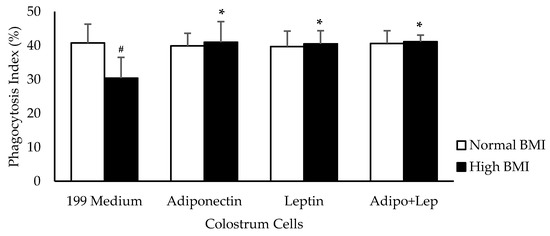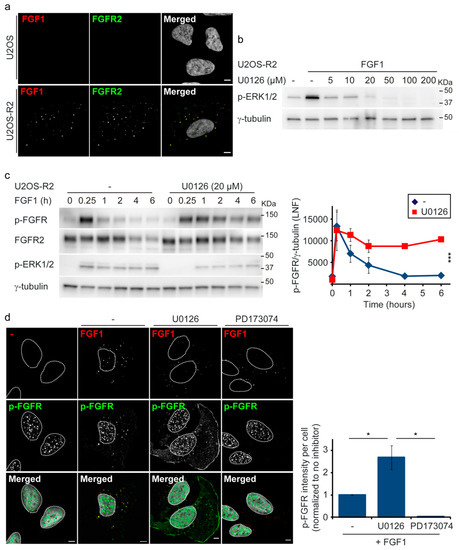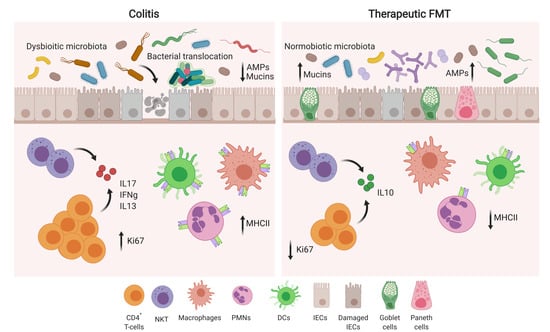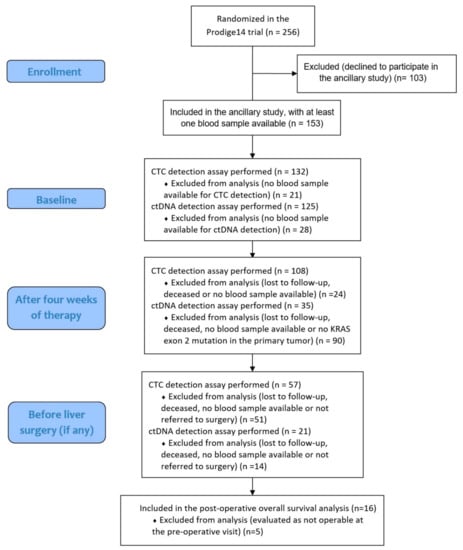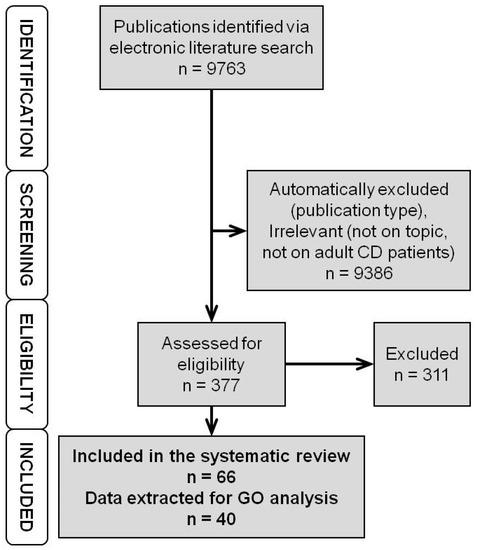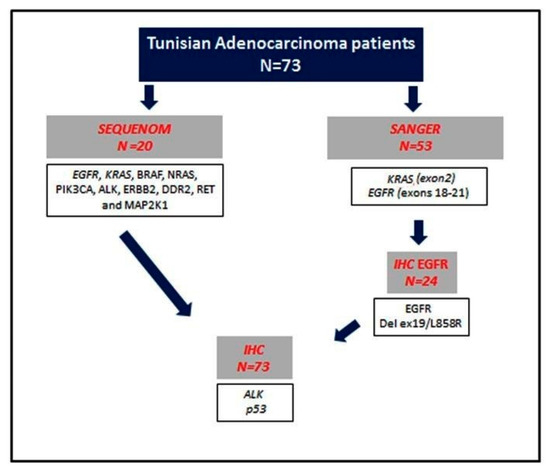Cells 2019, 8(6), 519; https://doi.org/10.3390/cells8060519 - 29 May 2019
Cited by 16 | Viewed by 3893
Abstract
Adiponectin and leptin play roles in the hunger response, and they can induce the inflammatory process as the initial mechanism of the innate immune response. It is possible for alterations in the levels of these adipokines to compromise the functional activity of human
[...] Read more.
Adiponectin and leptin play roles in the hunger response, and they can induce the inflammatory process as the initial mechanism of the innate immune response. It is possible for alterations in the levels of these adipokines to compromise the functional activity of human colostrum phagocytes. Therefore, the objective of this study is to analyze the effects of adiponectin and leptin on colostrum mononuclear (MN) cells. Colostrum was collected from 80 healthy donors, who were divided into two groups: the control group and the high body mass index (BMI) group. MN cells were used to analyze phagocytosis by flow cytometry, and reactive oxygen species (ROS), intracellular calcium, and apoptosis were assessed by fluorimetry using a microplate reader. Adipokines restored the levels of phagocytosis to the high BMI group (p < 0.05), with a mechanism that is action-dependent on the release of ROS and intracellular calcium. However, adiponectin and leptin simultaneously contributed to better microbicidal activity, thus reflecting an increase in the apoptosis level (p < 0.05) in the high BMI group. Probably, the maintenance of the balance between adiponectin and leptin levels enhances the protection and decreases the indices of neonatal infection in the breastfeeding infants of women with high BMI values. Therefore, policies that support pre-gestational weight control should be encouraged.
Full article
(This article belongs to the Special Issue Adipose Tissue Inflammation 2022)
►
Show Figures
